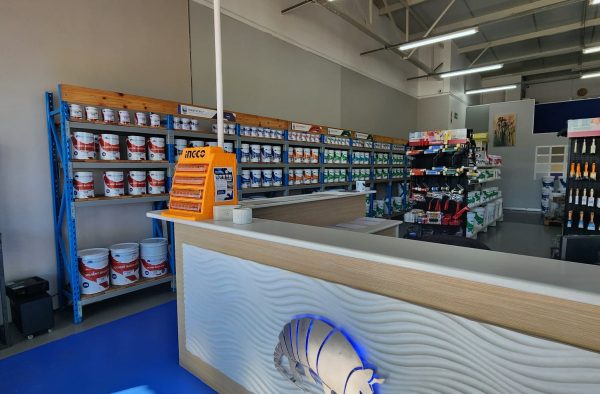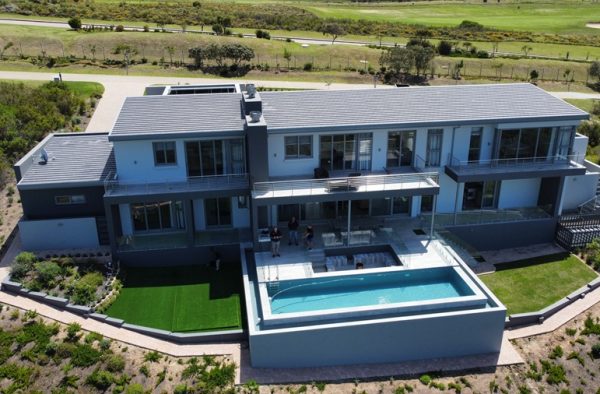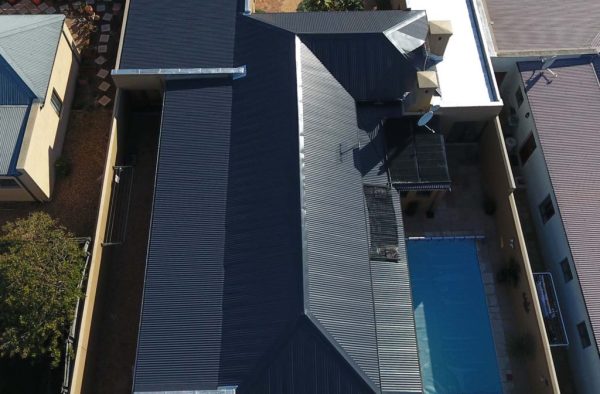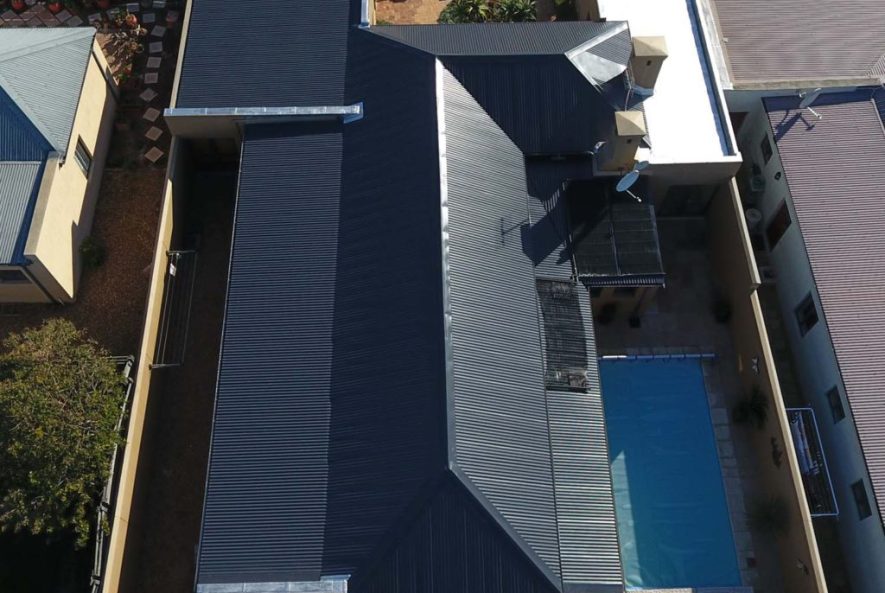
- September 25, 2025
Why Proper Waterproofing Matters in the Southern Cape’s Mountain Regions
Mountain homes in the Southern Cape — from the foothills above George to the ridges around Knysna and Mossel Bay — face heavy rain, steep run-off and chilly winters. Without correct waterproofing, water works its way into roofs, walls and foundations, causing damp, rot and structural problems. Proper waterproofing protects your home’s fabric, stops damp early and saves you money on repairs.
Why Mountain Weather Is Tough on Homes
The Southern Cape mountains combine high rainfall intensity, fast runoff down slopes, and temperature swings that cause expansion and contraction in building materials. When water pools or is driven into unsealed joints, it can force past render, enter cavities or sit against foundations. Over time that moisture causes plaster to fail, timber to rot and steel to corrode.
What Makes Effective Waterproofing for Mountain Homes?
Effective systems must block liquid water, allow trapped vapour to escape, and cope with movement. Here are the technical must-haves explained simply:
- Continuous barrier: membrane or coating that leaves no unsealed gaps.
- Breathability: allows water vapour out so internal surfaces stay dry.
- Flexibility: handles thermal movement so membranes don’t crack.
- Durable detailing: quality flashings, sealed joints and correctly installed gutters.
- Proper drainage: redirect water quickly away from walls and foundations.
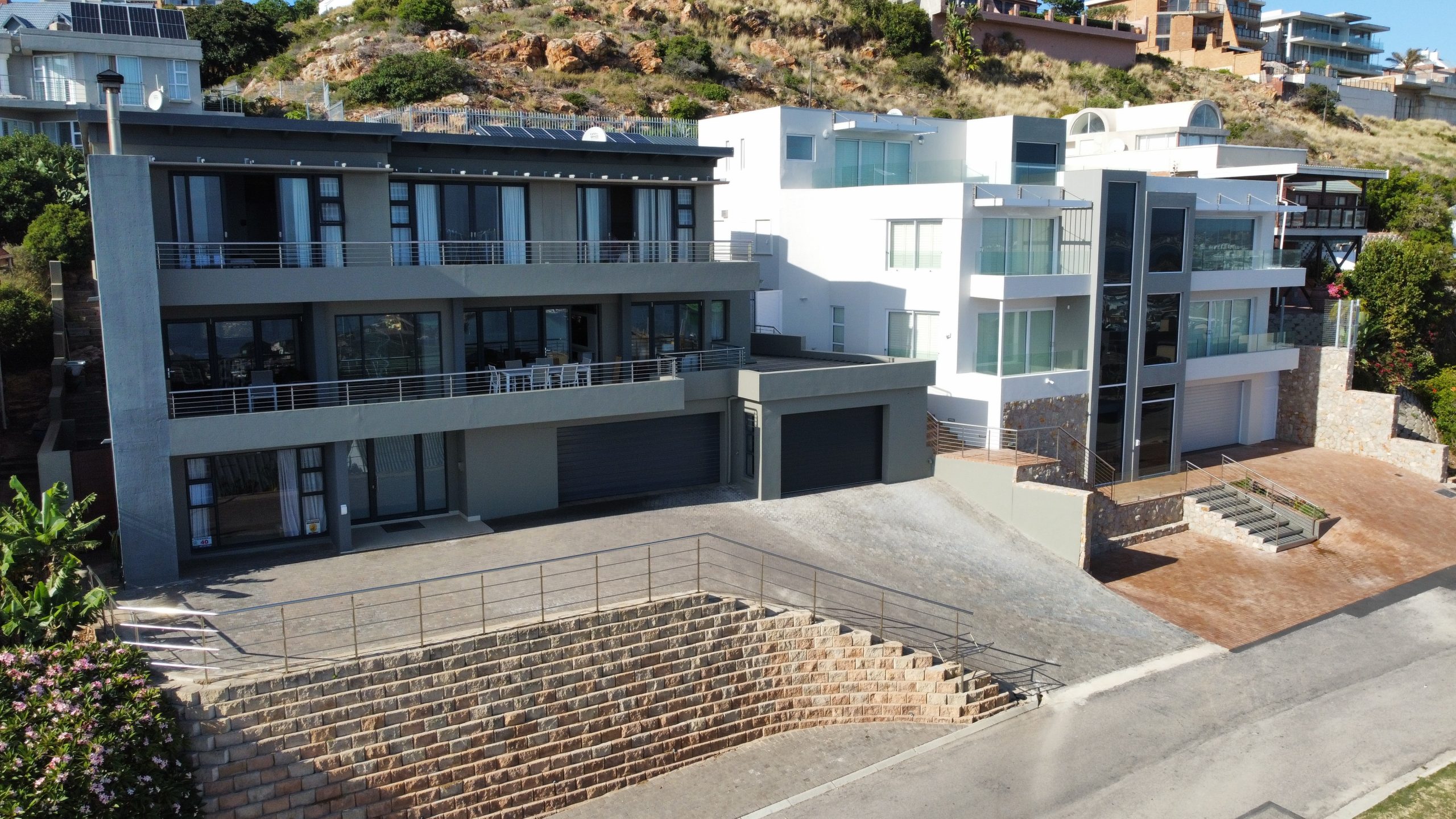
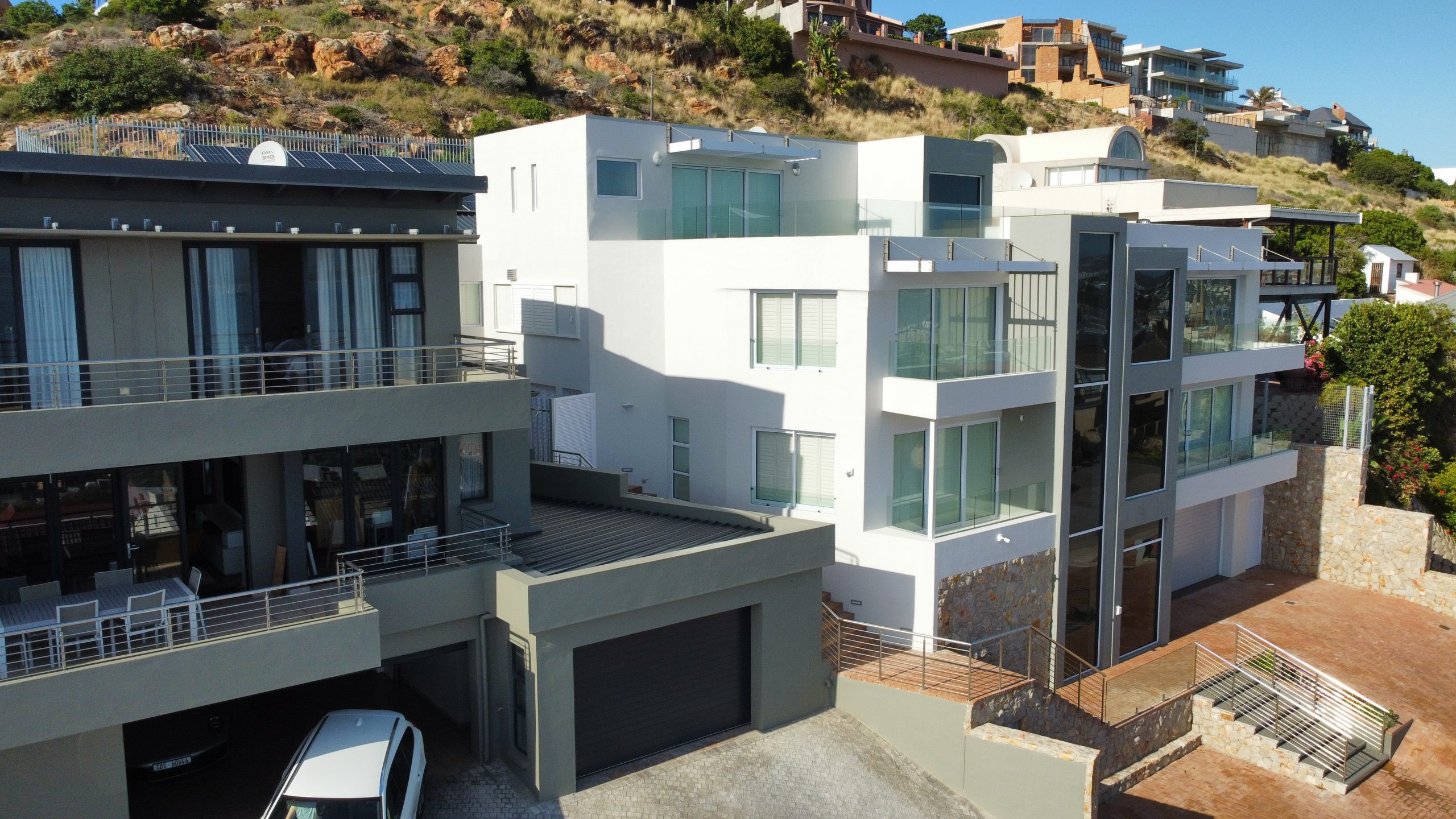
Practical Waterproofing Solutions
Here are the main waterproofing approaches Southern Cape mountain homeowners should know about:
- Roof Membranes: Durable sheet or liquid-applied membranes for pitched and flat roofs that stop leaks and flex with movement.
- Elastomeric Coatings: Thick, flexible paints that bridge hairline cracks on walls and parapets.
- Bitumen Systems: Long-lasting option for flat roofs, balconies and parapets subject to pooling.
- Ground & Perimeter Drainage: French drains and improved grading that stop water collecting at foundations.
- Sealants & Flashings: Properly installed lead, aluminium or stainless flashings and modern joint sealants around chimneys, windows and valleys.
Why This Matters for Southern Cape Homeowners
Decades of local work teach us that small leaks turn into big structural problems in just a few seasons. Fixing details early is far cheaper than repairing rot, replastering or rebuilding footings.
“On our mountain jobs, waterproofing is the difference between a house that lasts and one that leaks. Good detailing, correct materials and neat drainage keep homes dry through the heaviest winters.”
Local Insight: Mossel Bay to Knysna — Mountain Idiosyncrasies
From Mossel Bay’s steep run-off lines to Knysna’s valley fog, each sub-region shows different failure points. Local contractors know which valleys need bigger gutters, where membranes must lap higher, and which foundations need extra drainage.
Expert Guidance on System Selection
Choosing Membranes vs Coatings
Membranes give a tougher, continuous barrier on roofs and below-grade concrete, while elastomeric coatings suit vertical walls. Choose membranes for high-risk roofs and coatings for vertical surfaces where breathability is required.
The Importance of Detail Work
Seams, flashings, valley linings and gutter connections are where most leaks start. Insist on stainless fixings, proper lap sizes, and sealed joints with long-life sealants.
Maintenance and Inspection Plan
Inspect roofs, gutters and valley flashings twice a year and after heavy storms. Clean gutters, clear outlets and touch up sealant failures promptly to stop small problems becoming large ones.
Waterproofing in the Southern Cape mountains is both technical and local. Use professional systems, fix the details, and keep drainage clear — do that and your home will stand dry and strong for decades.
Contact Us
📍 Shop 1, Flamingo Square, Study St, Tableview, Cape Town, 7441
📞 Tel: 083 445 6126
✉️ Email: info@weatherprufe.co.za
➡️ Find us on Google Maps: https://maps.app.goo.gl/xhZWxXpnYAzHnbdcA



